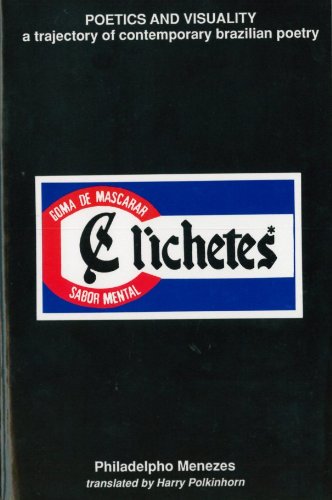POETICS AND VISUALITY: A TRAJECTORY OF CONTEMPORARY BRAZILIAN POETRY is a survey how visuality was incorporated into and formed experimental Brazilian poetry throughout the course of 40 years from an insider's understanding. Part I examines the spatialization of the verse and the concretism that followed in the 1950s. He takes readers through a close look at three versions of concretism: Noigandres, Dias-Pino, and neo-concretism.
 |
| "ruasol" by Ronaldo Azeredo, 1957 |
The following sections of POETICS AND VISUALITY look at subsequent movements that expanded the ideas of concretism. Part II is a study of the wordless poetry of the 1960s, and Part III is one on visual poetry. Menezes classifies visual poetry as collage poetry, package poetry, and montage poetry. The creation of such poetry during Brazil's repressive military dictatorship that lasted from 1964 to 1985 was an additional factor that influenced the development of the country's experimental poetry. The social function of art as a critique of the status quo came through in a movement that in itself was inherently a statement against conventional modes of expression.
 |
| "Sick transit" by José Paulo Paes, 1973 |
Particularly in the last sections of the book, Menezes provides examples of poems that fit into his analysis and he goes into detail about the construction, meaning, and tradition from which each poem stems. POETICS AND VISUALITY, another goodie from SDSU Press, has the perfect combination of direct examples, theory, and chronological organization that can lead readers to appreciate experimental poetry in Brazil and its impact on the international poetry scene.


No comments:
Post a Comment